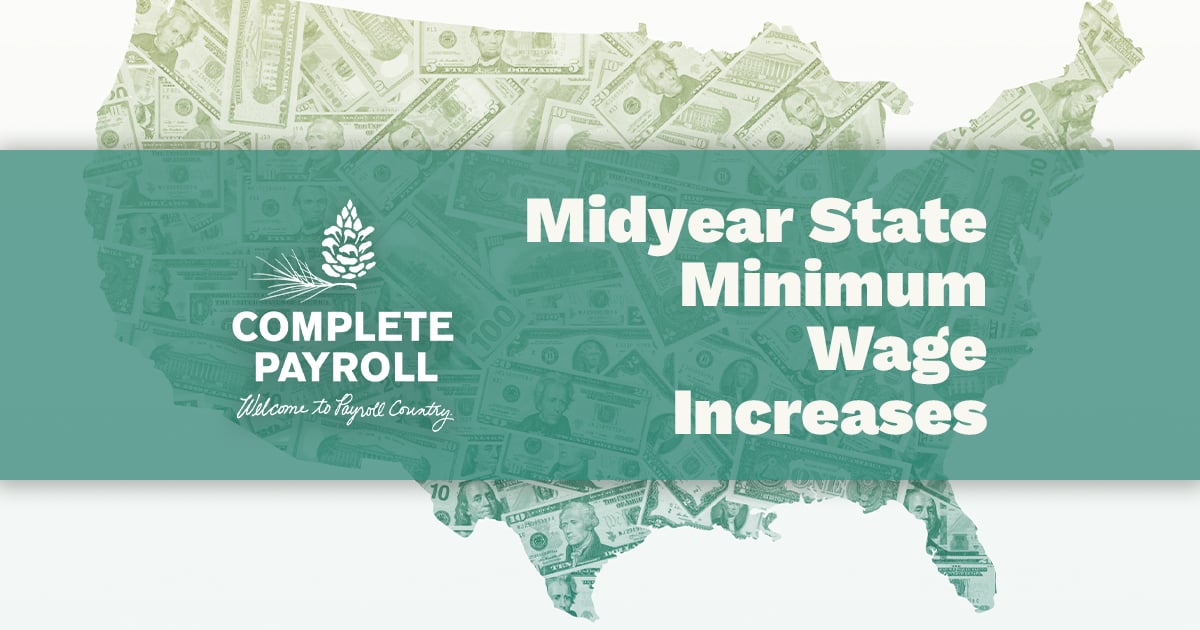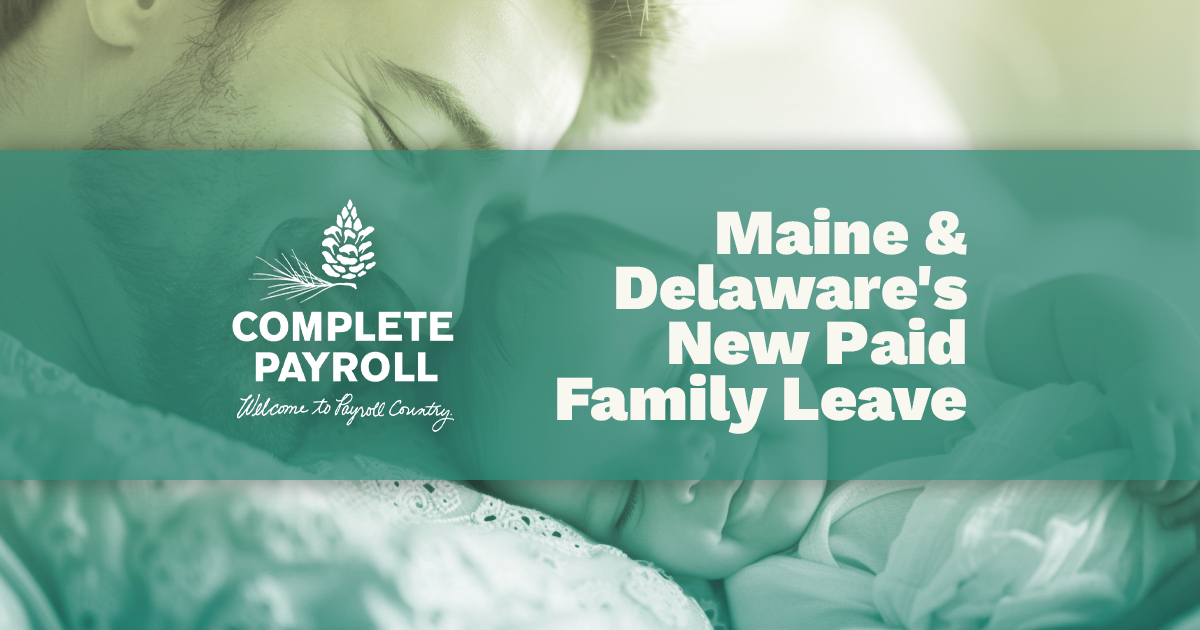Patient Protection and Affordable Care Act (ACA)
Overview of Law
The Patient Protection and Affordable Care Act (ACA) and the Health Care and Education Reconciliation Act of 2010 are commonly referred to as the Health Care Reform Acts. Below are some of the most important aspects of those Acts for employers:
Employer Mandates
Under the ACA’s employer shared responsibility provisions, certain employers (called applicable large employers or ALEs) must either offer minimum essential coverage that is “affordable” and that provides “minimum value” to their full-time employees (and their dependents), or potentially make an employer shared responsibility payment to the IRS. The employer shared responsibility provisions are sometimes referred to as “the employer mandate” or “the pay or play provisions.” The vast majority of employers will fall below the ALE threshold number of employees and, therefore, will not be subject to the employer shared responsibility provisions.
Employers with 50 or more employees that do not offer coverage will be subject to penalties if any full-time employee receives a government subsidy for health coverage. The penalty amount in 2017 is up to $2,260 annually for each full-time employee, excluding the first 30 employees. Employers who offer coverage, but whose employees still receive tax credits, will be subject to a fine of $3,390 for each worker receiving a tax credit or $2,260 annually for each full time employee (whichever is less), excluding the first 30 employees.
Wellness Programs
The term "wellness program" generally refers to health promotion and disease prevention programs and activities offered to employees as part of an employer-sponsored group health plan or separately as a benefit of employment. Many of these programs ask employees to answer questions on a health risk assessment (HRA) and/or undergo biometric screenings for risk factors (such as high blood pressure or cholesterol). Other wellness programs provide educational health-related information or programs that may include nutrition classes, weight loss and smoking cessation programs, onsite exercise facilities, or coaching to help employees meet health goals.
If a wellness program is open only to employees enrolled in a particular plan, then the maximum allowable incentive an employer can offer is 30 percent of the total cost for self-only coverage of the plan in which the employee is enrolled.
W-2 Reporting Obligations
The ACA requires employers to report the cost of coverage under an employer-sponsored group health plan. Reporting the cost of health care coverage on the Form W-2 does not mean that the coverage is taxable. The value of the employer’s excludable contribution to health coverage continues to be excludable from an employee's income, and it is not taxable. This reporting is for informational purposes only and will provide employees useful and comparable consumer information on the cost of their health care coverage.
Employers that provide "applicable employer-sponsored coverage" under a group health plan are subject to the reporting requirement. This includes businesses, tax-exempt organizations, and federal, state and local government entities (except with respect to plans maintained primarily for members of the military and their families). However, federally recognized Indian tribal governments are not subject to this requirement.
Medical Loss Ratios
The ACA requires health insurance issuers to submit data on the proportion of premium revenues spent on clinical services and quality improvement, also known as the Medical Loss Ratio (MLR). It also requires them to issue rebates to enrollees if this percentage does not meet minimum standards. The Affordable Care Act requires insurance companies to spend at least 80% or 85% of premium dollars on medical care, with the rate review provisions imposing tighter limits on health insurance rate increases. If an issuer fails to meet the applicable MLR standard in any given year the issuer is required to provide a rebate to its customers.
Lactation Accommodations
The ACA amended the federal Fair Labor Standards Act (FLSA), requiring employers to provide lactating employees with reasonable break time and space to express breast milk, for up to one year after the birth of the child. Employers with fewer than 50 employees may be exempt from this requirement if they can show that providing time and space would be an undue burden. Proving an undue burden is a difficult task and employers should consult with an HR professional or legal counsel before relying on this potential exemption.
Resources
- Get Complete Payroll's free ACA Toolbox resource.
- Request help with ACA compliance.
- More about Complete Payroll's ACA services.
Got a labor law question?
Our team helps employers with labor law compliance every day. Complete the form below to ask a question or request some help.
General Disclaimer
The materials and information available at this website and included in this blog are for informational purposes only, are not intended for the purpose of providing legal advice, and may not be relied upon as legal advice. The employees of Complete Payroll are not


















